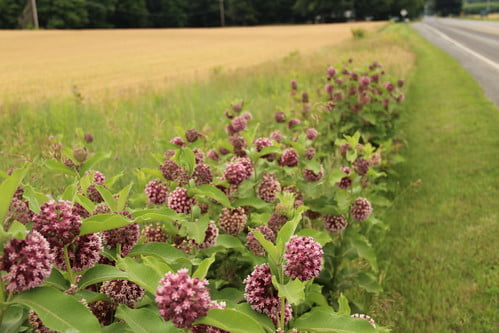The decline of Milkweed populations across North America has been a significant concern for Monarch Butterflies, as Milkweed serves as their primary host plant and crucial habitat.
Understanding the reasons behind this decline is essential in taking effective action to restore Milkweed habitats. Here are some key factors contributing to Milkweed decline and what you can do about it:
Habitat Loss
The conversion of natural landscapes into agriculture and urban areas has led to the loss of milkweed habitats. Additionally, widespread use of herbicides has eliminated milkweed from agricultural fields and roadsides. To address this issue, you can create milkweed-friendly habitats by planting milkweed in your garden, yard, or community spaces. Promote the conservation of natural areas that support milkweed growth and the preservation of open spaces.
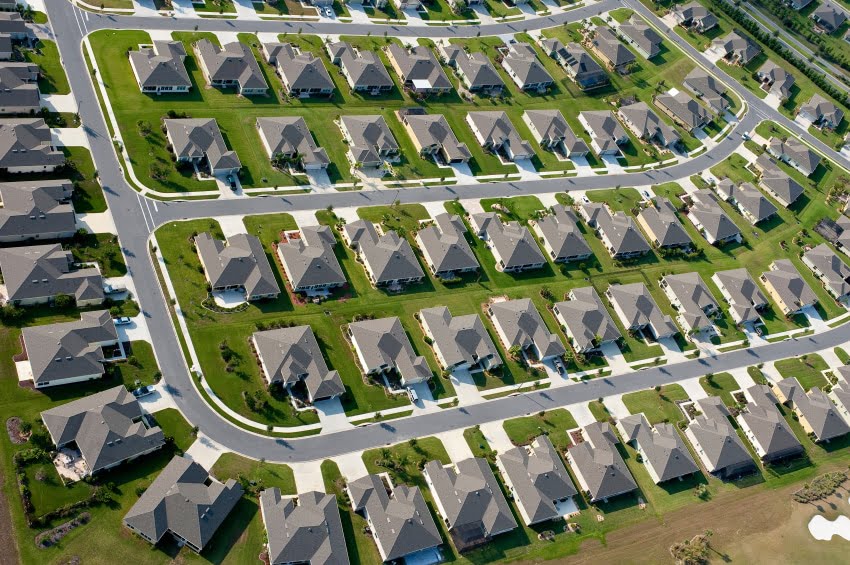
Changes in Land Management
Changes in land management practices, such as mowing regimes and the removal of vegetation along roadsides, have reduced milkweed populations. Encourage local authorities and landowners to adopt butterfly-friendly land management practices that allow milkweed to thrive and provide suitable habitats for Monarch Butterflies.
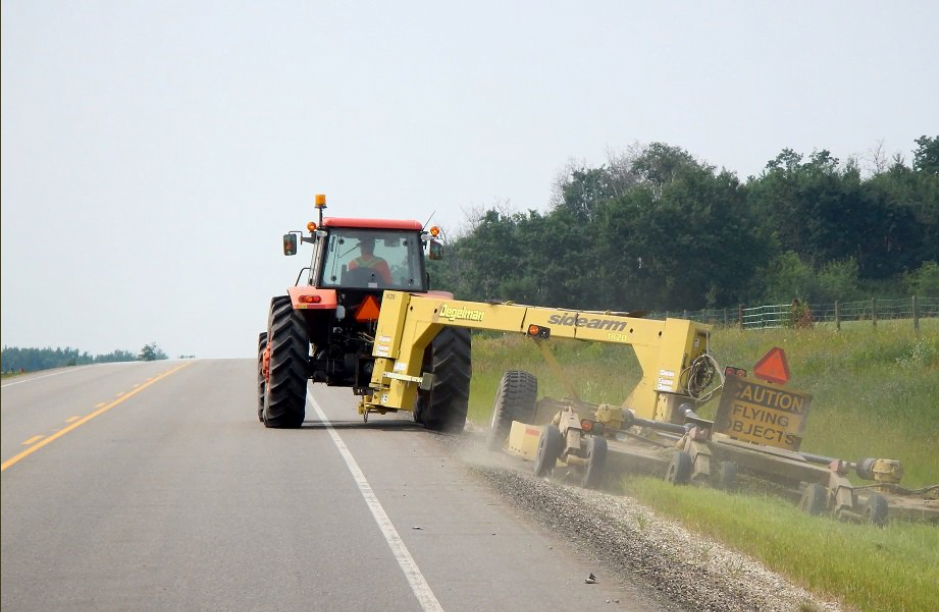
Monoculture Farming
The expansion of monoculture farming, particularly the use of genetically modified crops resistant to herbicides, has eliminated milkweed from agricultural landscapes. Support sustainable and environmentally friendly agricultural practices that include measures to conserve milkweed habitats, such as planting milkweed in field margins or establishing pollinator-friendly buffer zones.
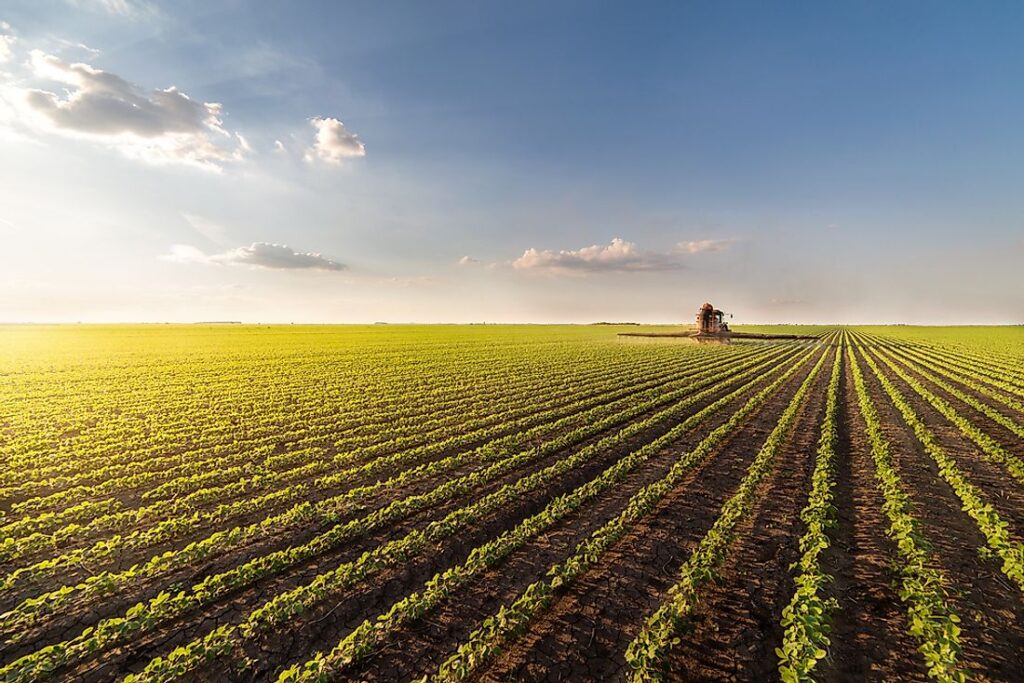
Climate Change
Changing climatic conditions, including temperature fluctuations and altered precipitation patterns, can impact Milkweed growth and distribution. Stay informed about climate change issues and support initiatives aimed at reducing greenhouse gas emissions. Additionally, choose Milkweed species that are well-adapted to your local climate to increase their chances of survival.
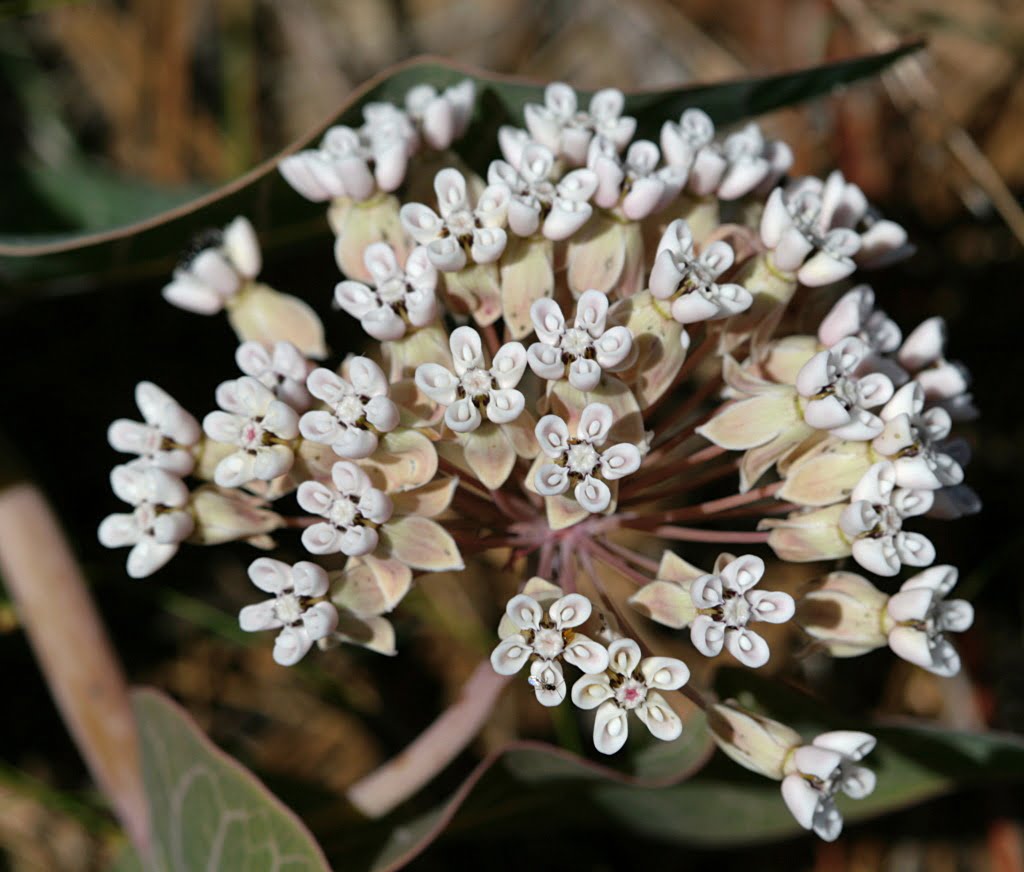
10 Sandhill Milkweed Seeds Ascslepias Humistrata Pinewood Milkweed Florida-Native
With Johnny Butterflyseed’s Sandhill Milkweed seeds, you’re not just planting flowers; you’re cultivating a living mosaic of nature’s marvels. 10+ Florida Native seeds.
Spread Awareness
Educate others about the importance of milkweed and Monarch Butterfly conservation. Share information with friends, family, and your community about the decline of milkweed and the need for action. Engage in discussions, participate in local events, and collaborate with organizations or schools to raise awareness about the importance of milkweed habitats.

The Adventures of Johnny Butterflyseed – Author Signed First Edition Children’s Book
Save the monarchs!
Johnny Butterflyseed and his fairy friend, Raven Silverwing, embark on a mission to save the rapidly disappearing butterflies. They enlist the help of Queen Venus Goldwing and her kingdom of monarchs to educate and inspire kids to become butterfly farmers. At first, Johnny faces his own internal struggle with self-doubt and fear in his ability to make a difference, but then soon develops a mindset that allows him to not only get started, but also make progress one day at a time. Through challenge after challenge, Johnny learns that he is not alone in his mission and that there are many people who want to help. Together, Johnny, Raven, and Queen Venus educate thousands of children on becoming butterfly farmers.
Support Conservation Efforts
Contribute to organizations and initiatives focused on milkweed conservation and Monarch Butterfly protection. Volunteer for local habitat restoration projects, participate in citizen science programs, or donate to organizations working on milkweed conservation. By supporting these efforts, you can help restore milkweed populations and protect Monarch Butterflies.
Remember, even small actions can make a difference. By planting milkweed, advocating for habitat preservation, and spreading awareness, you contribute to the recovery of milkweed populations and support the survival of Monarch Butterflies. Together, we can make a significant impact and ensure a brighter future for these remarkable creatures… one day at a time!
